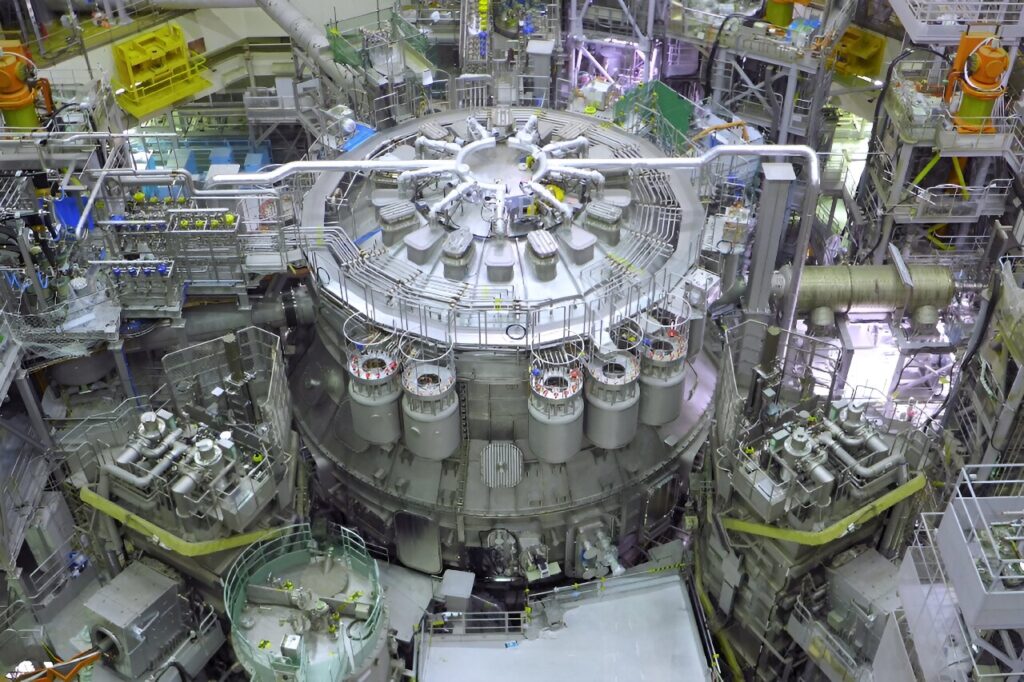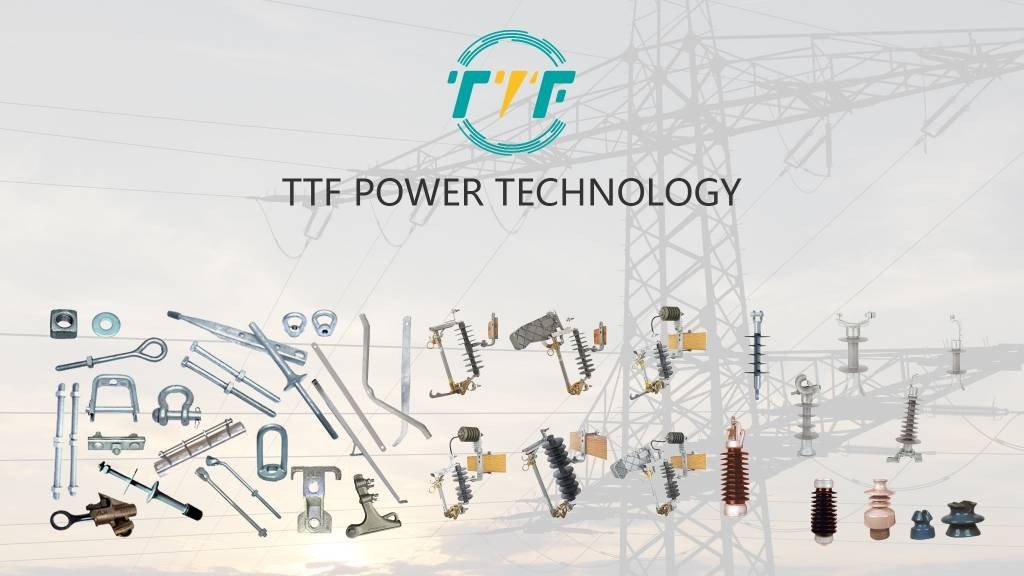
Nuclear fusion energy has the potential to provide opportunities and benefits to South America’s energy sector. The energy could provide sustainable development, energy security, and economic growth. This is a clear path toward clean, abundant, and reliable power for South America’s energy sector. South America has abundant natural resources, providing lithium for fusion reactor technology. Nuclear fusion reactors could enable the export of surplus clean energy to create new revenue systems. The energy could also help stabilize the region’s energy supply amid increasing climate variability. Nuclear energy could complement renewable energy, promote regional energy independence, and drive technological leadership. The development of fusion projects could drive innovations in materials science, plasma physics, and energy storage technologies. Guy attachments provide stability and support to nuclear fusion energy infrastructure.
High-quality guy attachments secure guy wires to transmission towers and other structures. This is essential for maintaining the integrity of the electrical infrastructure for nuclear fusion plants. Guy attachments help distribute mechanical loads across the structure to enhance stability. The attachments reduce the risk of structural failures, which is crucial for the safe operation of nuclear fusion facilities. The components are designed to withstand harsh environmental conditions to ensure reliable performance in diverse climates. Guy attachments contribute to the stability, safety, and efficiency of nuclear fusion energy production and distribution in South America.
Roles of nuclear fusion energy in South America’s energy sector
Nuclear fusion energy could revolutionize South America’s energy sector by addressing the key challenges. These challenges include energy production, distribution, and sustainability. Fusion can complement existing renewable energy systems and drive economic and environmental progress. Fusion energy could provide a clean and sustainable power source, enhance energy security, support rural electrification, mitigate climate change, and boost regional collaboration. It also has the potential to drive technological innovation and regional collaboration.
Functions of guy attachments in nuclear fusion energy
Guy attachments serve in the infrastructure supporting nuclear fusion energy production and distribution. They help ensure the stability and reliability of the physical systems enabling power generation and transmission. Guy attachments ensure the stability of transmission towers, plant structures, and other equipment. They help the production facilities overcome the region’s challenges and enhance energy system reliability. The following are the functions of guy attachments in nuclear fusion energy.

- Structural stability—guy attachments stabilize high-voltage transmission towers carrying electricity from nuclear fusion plants to substations.
- Supporting fusion plant infrastructure—fusion energy plants need precise monitoring and communication systems. Guy attachments secure the structures to prevent misalignment due to environmental factors.
- Energy transmission expansion— guy attachments are easy to install and stabilize transmission towers in remote areas. The attachments allow for scalable and modular tower systems that can adapt to increasing energy demands.
- Renewable energy integration—the attachments stabilize transmission lines connecting fusion plants to hybrid grids. They ensure stable transmission lines in isolated areas.
- Enhanced safety— guy attachments reduce mechanical stress on poles, towers, and other components. This helps extend the lifespan of the infrastructure.
Challenges limiting the adoption of nuclear fusion energy in South America
Nuclear fusion energy holds significant potential for South America’s energy sector. It, however, faces several challenges that should be addressed to improve its adoption. These challenges include technological, financial, infrastructural, and political challenges. TTF is a world-class global provider of high quality overhead line hardware, transmission hardware, distribution hardware, conductors, insulators, cutout switches, anchoring and grounding products. Discussed below are the challenges limiting the adoption of nuclear fusion energy in South America.

- Technological challenges—lack of proven large-scale viability—make the region hesitant to invest in nuclear fusion. Current fusion prototypes consume more energy than they produce.
- Highcosts— fusion energy systems need significant upfront investments for research, development, construction, and maintenance of reactors.
- Infrastructure limitations—development of fusion reactors needs advanced infrastructure. This is including specialized facilities and transmission systems. Upgrading grids may also need extra investments to ensure sustainability.
- Regulatory barriers—irregular energy policies and frequent changes in government priorities may limit long-term investments in fusion energy. South American countries may lack clear regulations or frameworks for nuclear fusion projects.
- Competition with existing energy sources—South America highly depends on hydropower. This provides more than 80% of total energy production.
- Environmental and social concerns—construction of fusion plants may face opposition from communities concerned about land displacement. There may also be competition for water resources in areas already facing scarcity.
